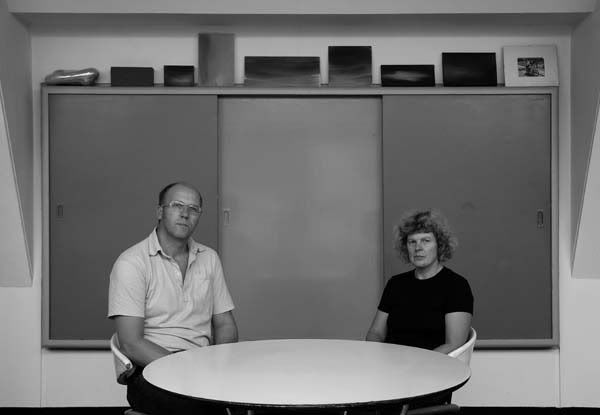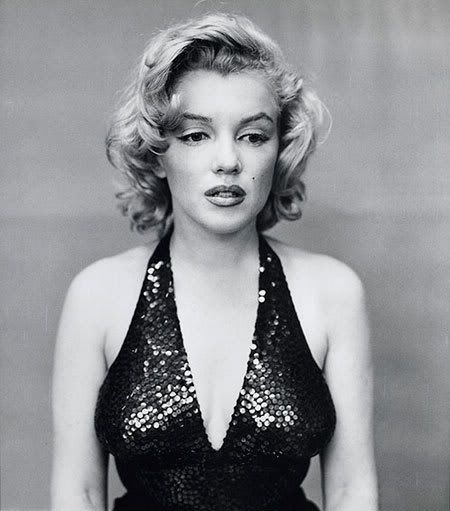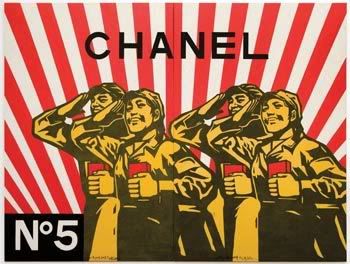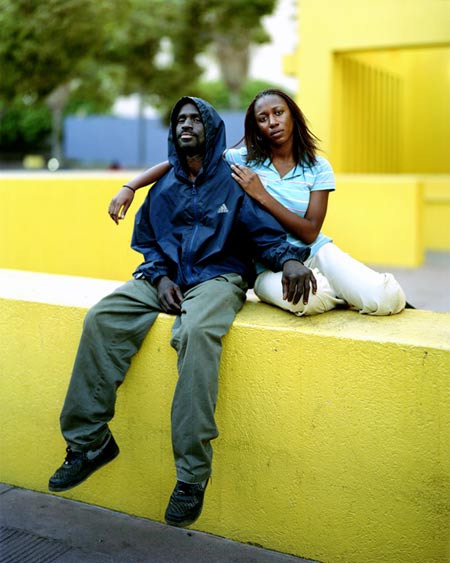Hey I figured others may be desperately needing to see some more lectures, like me, so I thought I would pass on a few that I planned on going to:
Jo Whaley- UC Berkeley
Thursday, Nov 20th 7-8 pm North Gate Hall, Library
For one evening butterflies, beetles, dragonflies, and other colorful insects take center stage. Come see photographer Jo Whaley’s newest work, celebrated in her book, The Theater of Insects, and highlighted this evening with a special lecture and book-signing. Jo Whaley is an accomplished photographer with a strong background as a scenic artist, Whaley developed a style of photographic work that is based on theatrical tradition. She has exhibited internationally for more than thirty years, and is held in the permanent collections of institutions and museums including the Los Angeles County Museum of Art, the Philadelphia Museum of Art, the Museum of Fine Arts, Houston, and the George Eastman House, Rochester, NY, among others. She resides in Oakland, California and Santa Fe, New Mexico. Books will be available before and after the presentation.
Event Contact:
510-642-3394
SF art institute:
Monday, December 1 — 7:30pm Bik Van der Pol
Since 1995, Liesbeth Bik and Jos van der Pol have collaborated as Bik Van der Pol. Their socially based work explores the potential of art to produce and transmit knowledge. They employ research methodologies to create installations and publications that encourage various kinds of communicative activities. They have recently exhibited at Van Abbemuseum in Eindhoven (the Netherlands), European Kunsthalle in Cologne, Associates in London, INSA Art Space in Seoul, Rijksmuseum in Amsterdam, the Museum of Contemporary Art in Taipei, and Secession in Vienna. Bik van der Pol’s publications include Catching Some Air: Library Drawings (2002) and Fly Me to the Moon (2006). Bik Van der Pol: With Love from the Kitchen (2005) is an overview of their work. In the fall of 2008, they will be artists in residence at the Sally and Don Lucas Artists Program at Montalvo Arts Center in Saratoga (California).
http://www.bikvanderpol.net/Tuesday, December 2 — 7:30pm Kurt KauperWinifred Johnson Clive Foundation
Distinguished Visiting Painting FellowKurt Kauper is known for figurative paintings that occupy a space between realism and artificiality. In his Diva Fiction series (1996–2000), he uses the vernacular of painterly realism to depict imaginary opera singers—depictions which radiate hyperrealism through a methodical manipulation of makeup, gowns, and theatrical gestures. His recent series of male nudes—including imagined life-sized portraits of Hollywood legend Cary Grant and various Canadian hockey heroes—wittily and erotically challenges artistic conventions of representing the male body. He explores the perceptual slippage from certain expectations of brute masculinity to vulnerability and tenderness. He has had solo exhibitions at Deitch Projects in NYC and ACME in Los Angeles and was included in the 2000 Whitney Biennial. He has also exhibited, in Paris, at Centre Pompidou and the Musée National d’Art Moderne; and at the San Jose Museum of Art. Kauper has received a Louis Comfort Tiffany Foundation Award and a Pollock-Krasner Foundation Grant.
Saturday, December 6 — 7:30pm Stanley Greene
Pilara Foundation Distinguished Visiting Photography FellowBorn in New York City in 1949, Stanley Greene joined the Black Panthers and was an anti–Vietnam War activist as a teenager. He studied at the School of Visual Arts in New York City and at SFAI, where he took his BFA in 1978 and his MFA in 1980. He worked as a photographer for a number of magazines in New York and, in 1986, moved to Paris. Living in Europe, he was on hand to record the fall of the Berlin Wall, his documentation of which soon made his photojournalism internationally known. Having documented wars and poverty in Africa, the former Soviet Union, Central America, Asia, and the Middle East, he is perhaps best known for the work he has done in Chechnya, collected in Open Wound: Chechnya 1994 to 2003 (2003). Greene was awarded the W. Eugene Smith Grant in Humanistic Photography for 2004—a fitting tribute to the fact that it was Smith himself who encouraged Green to study photography in the first place.
.jpg)








































